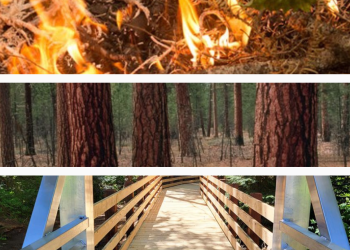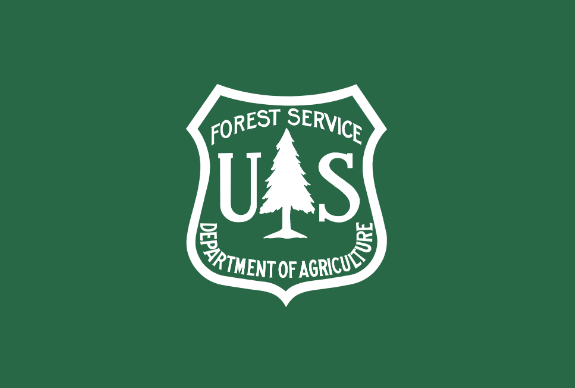Welcome to Mt. Hood National Forest
The Mt. Hood National Forest encompasses 1.1 million acres. There are four ranger districts on the Forest that include a wide variety of ecosystems centered around Mt. Hood, the tallest mountain in Oregon: Barlow, Clackamas River, Hood River, and Zigzag Ranger Districts. This volcanic mountain is 11,125 feet tall and beloved across the state. The Forest has about 80 campgrounds, 20 sno-parks, and several commercial ski resorts including the iconic Timberline Lodge, a National Historic Landmark. Approximately one-third of the Forest is designated wilderness. The Forest also provides about one-third of the state's drinking and agricultural irrigation water.
Plan Your Visit
Seasonal Road Closures

Many Forest Roads on Mt. Hood close to standard vehicle use seasonally around Dec. 1. Road closures are in place to protect wintering wildlife, ensure visitor safety, and minimize resource damage. Driving on closed roads is illegal and you can be cited by law enforcement.
Cut your Christmas tree

Christmas tree season is open as of November 14 on Mt. Hood National Forest. Christmas tree permits are available for purchase online at Recreation.gov.
Enjoy the Snow

Mt. Hood is a popular winter destination for everyone. Whether you're looking to shred in the backcountry, sled at a sno-park with your family, or just sip cocoa at a resort - we've got you covered.
Northwest Forest Plan & Amendment

The Northwest Forest Plan covers 24.5 million acres of federally managed lands in California, Oregon, and Washington. It was established in 1994 to address threats to threatened and endangered species while also contributing to social and economic sustainability in the region. Over 30 years later, the Northwest Forest Plan needs to be updated to accommodate changed ecological and social conditions.





